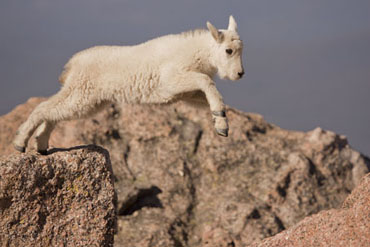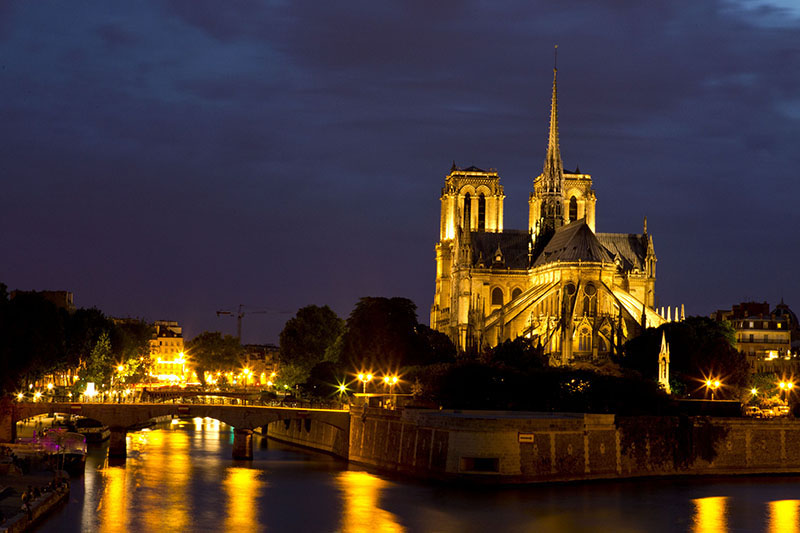TIME LAPSE OF NORTHERN LIGHTS
Time lapse is a technique becoming popular to allow you to create a movie of the aurora. While it is an interesting thing to do, I wouldn’t devote full shooting to this as you usually have to change position to get the best action going on overhead and exposures change when the aurora gets intense so there can be segments where the activity is blown out. If a second camera set-up is available it could be a good thing to do. Another option is to have it set up near to the main camera and when a good burst is going on to start it and let it go for a certain amount of time. A final option is if staying in a remote location, the camera can be set up for the remainder of the night and taken down in the morning to see what was captured after you have finished shooting for the night.
The steps for creating a time lapse of the aurora can be applied to other subjects you want to stream a series of action together. Remember, if photographing something where long exposures are not required, lower ISO and faster shutter speed times can be used to accomplish this.
Camera setting - For shooting the aurora, the typical settings for getting a good shot are ISO 800 and a shutter speed around 10 seconds. For doing a time lapse, the ISO should be bumped up. The newer cameras can allow for very high ISO with low noise capability and since a Canon 5D Mark III was used for this example, the ISO was set at 3200 and the shutter speed at 15 seconds because it had been a quiet night and the intention was for doing a stacked star trail image. A cable release was used and locked in and the two second timer turned on to allow for the short write time from camera to card, thus there was a little break between images. Drive mode needs to be set to Continuous so that while the cable release is locked in shot after shot can be taken.
If it was known that the aurora was going to be active, a shutter speed of about 3 to 5 seconds would have been used so that any sections of over-exposure would not creep into the mini-movie and there would be more detail to the curtain of the aurora.
After the images have been taken the work begins in post processing. First, convert all images from RAW to JPEG. A good PC viewing and converting program for this is BreezeBrowser. Rawker can be used on a Mac and there are numerous other ways to do a batch convert. Next, resize all of the images to a moderate size of a resolution of 180 pixels and a width of 1070 pixels. There are a variety of ways to go about doing a batch resize for this. A free utility for this is Multiple Image Resizer or RapidoResizer. This program has several features, but for this project all that’s needed to be done is to select the folder with the images, select the resize option to scale to width and type in the desired size, select the save option and hit go.
For creating the movie, Windows Live Movie Maker is a free, easy to use program that can put everything together to create the files for viewing later. In Movie Maker, select the files to include in the movie. Once all of the images are loaded, select all and go to Edit. Set the duration each image is shown to a time of 0.2 seconds. On the Home tab there are several options for saving.
On the Mac, iMovie is where a time lapse can be created. Import the images into a new project and use the desired settings. Do a select all, choose the crop tool and use Fit to turn off the Ken Burns effect of it zooming in and out during the time each frame is up. When hovering over any of the images, three icons appear on the left side of the frame. To set the duration of each image which appears in the final movie, click on the Preference tool on the bottom and select Clip Adjustments. You can set the time here. You can also click on the Inspector icon on the tool bar in the middle of the screen to reach this.
In the time lapse shown here, there is a portion where shorter shutter speeds would have been used for individual shots because of the intensity of the aurora, but the shot was set up for star trails. There are a total of 398 images included in the sequence with each having the aurora dancing through.



